Item List
Before we begin, here’s a handy list of all the items as displayed during the game’s introduction sequence:
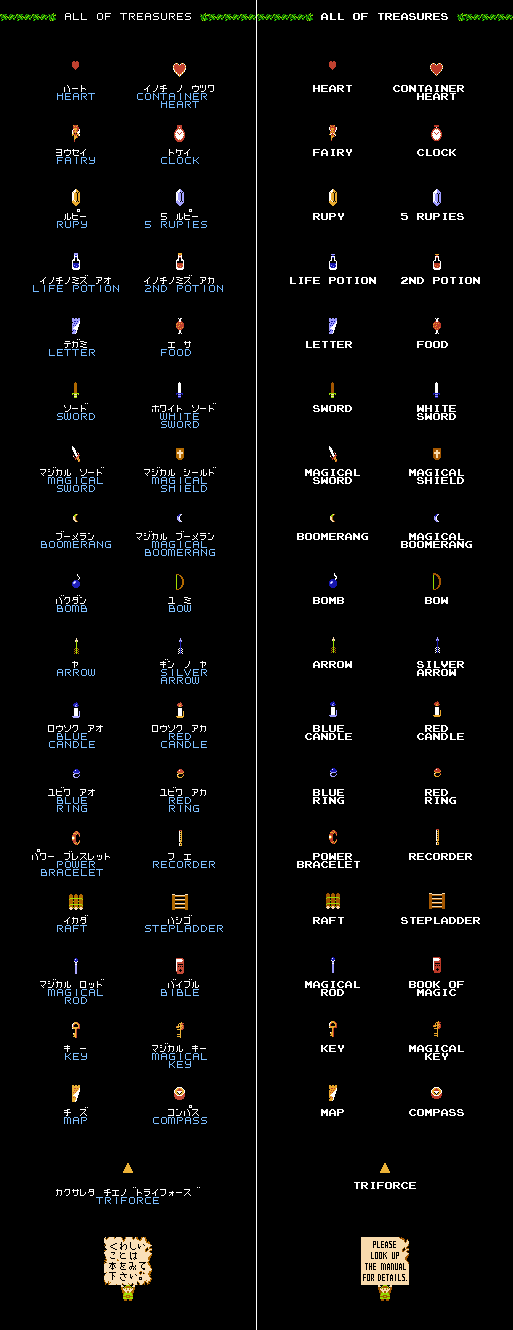 |
Heart Containers
 |
It turns out what I had always called a “Heart Container” is technically called a “Container Heart” in both versions of the game. I wonder when the “Container Heart” to “Heart Container” change took place in the series.
Also, the Japanese text here actually literally calls it a “Life Container” and not a “Container Heart”.
Rupies
The Zelda series’ currency over time is an interesting topic of its own, so let’s take a quick look at it here.
First, in both versions of the first game, the “Rupy” is the currency used to buy things. The plural form is “Rupies”. For some reason, as a kid I always thought it was just a mistranslation of “Ruby”, but it looks like that wasn’t the case at all:
 |
But maybe my confusion was due to the fact that the instruction manual translated them as “rubies”:
 |
At some later point in the series (around the third game, I guess?), NOA translations start calling them “Rupee” and “Rupees” instead. And as far as I know, this is the spelling still used to this day.
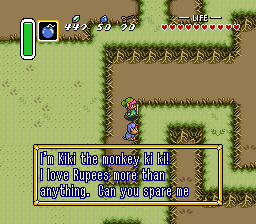 |
Despite this change in English, they’ve always retained the same name in all the Japanese games.
Later English ports of the first Zelda game had a number of text fixes, one of which was the change to “Rupees”:
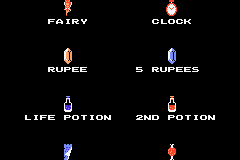 |
Of course it should be mentioned that rupees are a real type of money in some regions:
 |
I don’t know if there’s any connection between real-life rupees and Zelda games, but I still wonder about it every time I get rupees in each new Zelda game.
Potions o’ Plenty
 |
The English text given with these two potions are “Life Potion” and “2nd Potion”.
Technically, though, the Japanese text calls them “Blue Water of Life” and “Red Water of Life”.
At first I thought the change was made due to limited screen space for the text. But some other item names are clearly longer and take up two lines, so I don’t know anymore.
Bait and Switch
 |
This hunk of meat item is called “Food” in both versions of the game. The Japanese word actually specifically refers to “food for animals”. As such, it also often means “bait”, which is why animal-like enemies will run straight for the food when you place it on the screen.
I think in some guides they translate it as “Bait” instead of “Food”. As a kid, I always wondered why this was, so this clears up that question.
Whistle While You Work
 |
The musical instrument item in the game is called a “recorder” in both versions of the game. This is fine and not really confusing – I even played a recorder in grade school so I knew exactly what it was. But the Japanese term usually translates to “whistle” or “flute” instead; “recorder” has its own word (“リコーダー”) that they could’ve used if they wanted to be that specific.
Actually, most kids I knew at the time called it either “flute” or “whistle” too, so somehow the official name didn’t stick with us back then. I’d be curious to know what other people called it back in the day.
The Good Book
 |
Now we come to the biggest difference in the bunch. What we NES players knew as the “Magic Book” was actually called a “Bible” in the Japanese version!
This isn’t necessarily for promoting Christianity or anything – Japanese entertainment often blindly grabs religious and cultural stuff (foreign stuff especially) to suit its needs without much care about underlying meanings. That’s why Japanese games are often full of random religious stuff that makes little sense in context, or why some games have you basically defeat God as a final or secret boss:
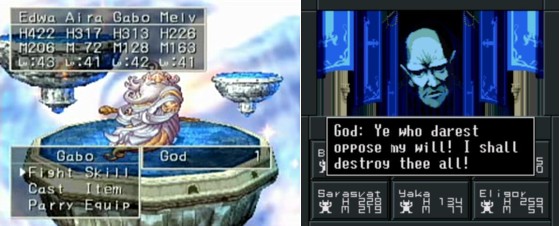 |
That’s also why stuff like this is common in Japan:
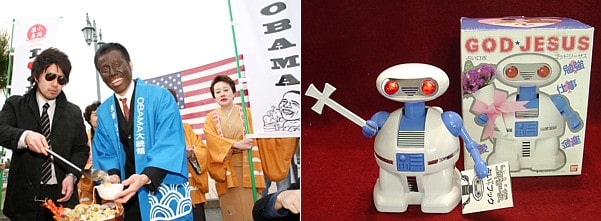 |
Culturally-sensitive translators will usually pick up on these things and try to steer them in the proper, intended direction to avoid cultural misunderstandings (such as this), which is maybe what happened here with Zelda.
Still, I find it interesting that NOA didn’t like the Bible reference but had no problem with the crosses on the shields you carry around with you for 100% of the game. Maybe they didn’t change the reference for religious reasons, but because it’s silly to think the Bible has the power to make magic wands start fires?
- A closer look at real-life Rupees from India and elsewhere
- A deeper examination of the Ruby/Rupy/Rupee spelling variations in the game and throughout the series
- An entire new section about the “Wooden Sword”, why it might not be wooden at all, and why Japanese gamers and non-Japanese gamers see the sword in different ways
- A look at the “Wooden Sword” localization throughout the Zelda series
- A prototype item sprite that can be seen in the Japanese manual
- A quick look at the difference between whistles, flutes, and recorders
- Several new pages on religion in video games, religious references that were removed from six classic video games, and real-life examples of public backlash against video games for being satanic and evil
- Six other examples of religious references altered in localized Zelda games, plus two references that were left intact







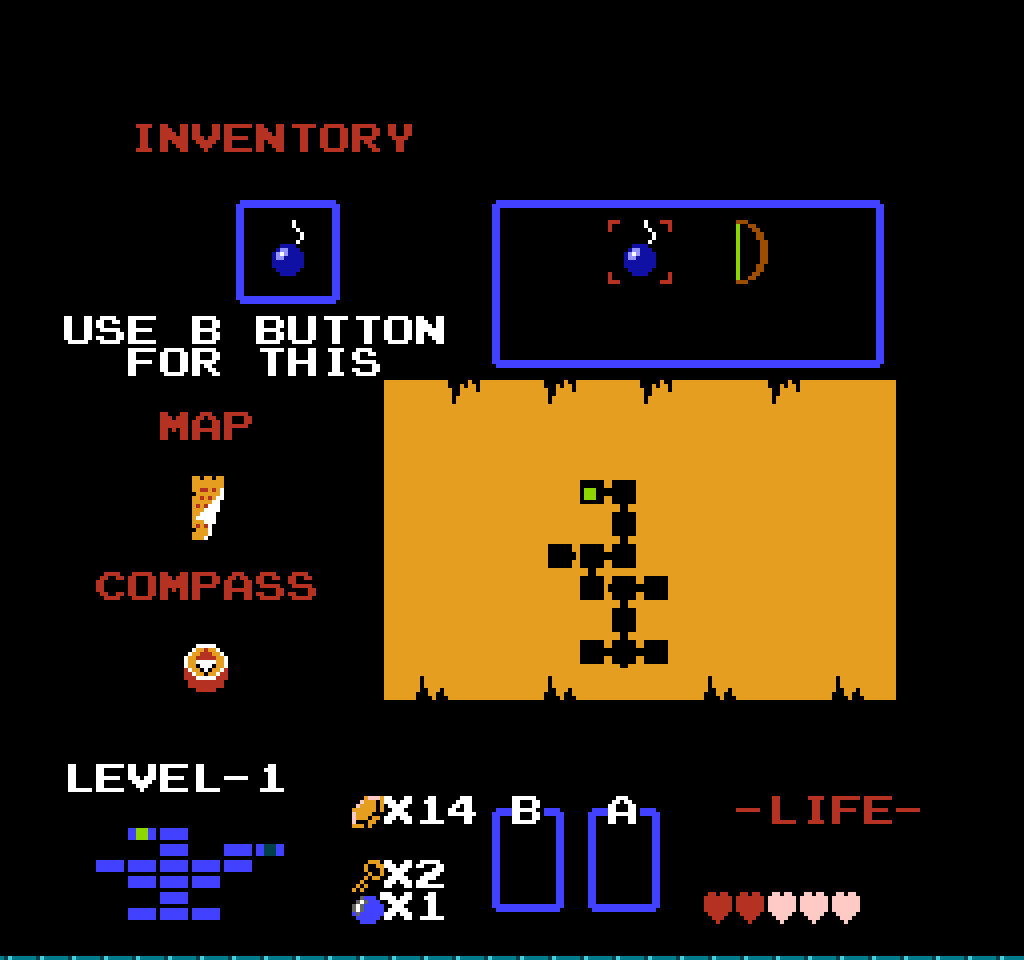
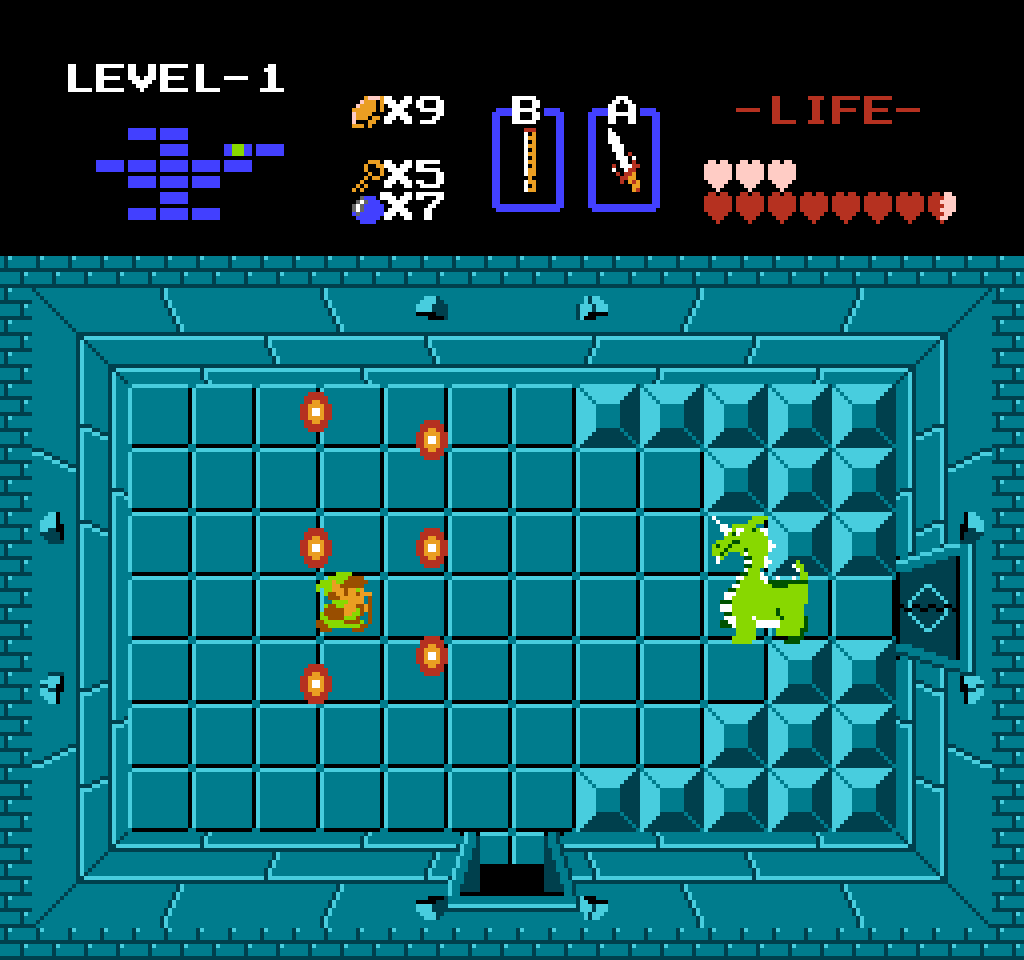
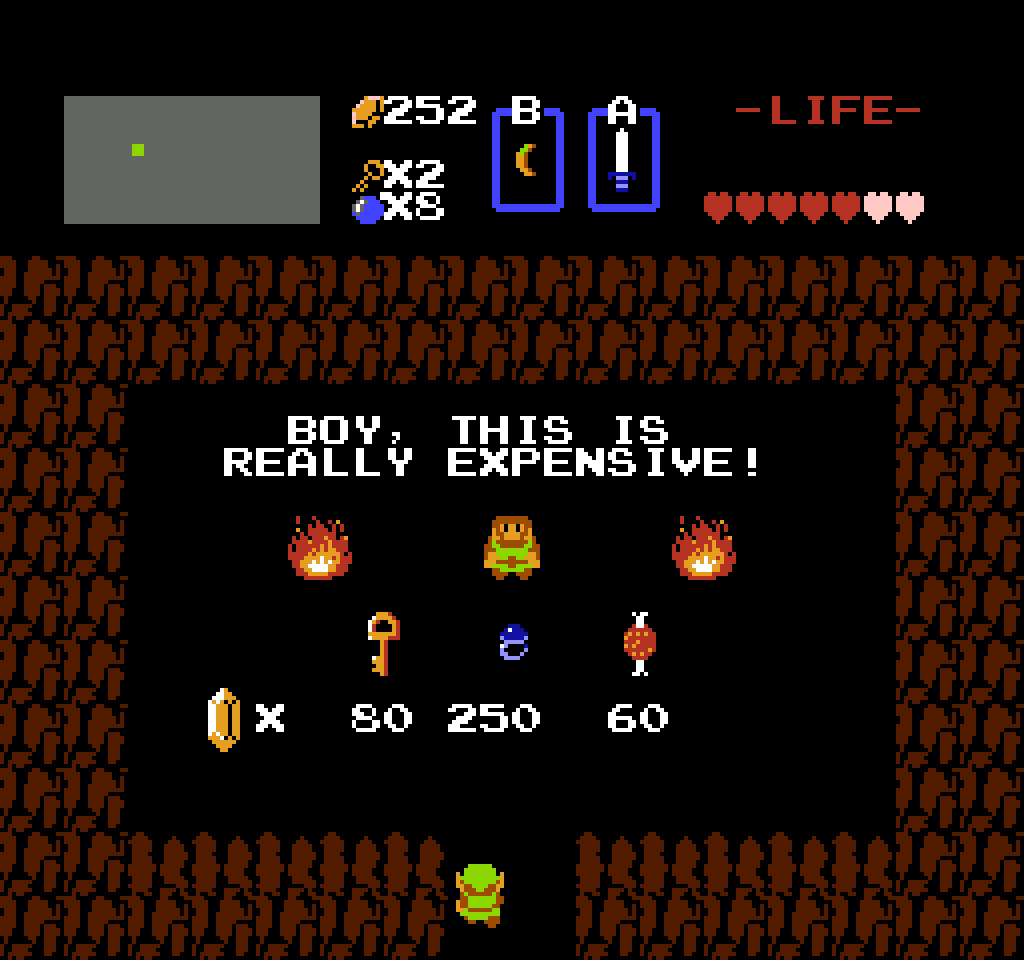
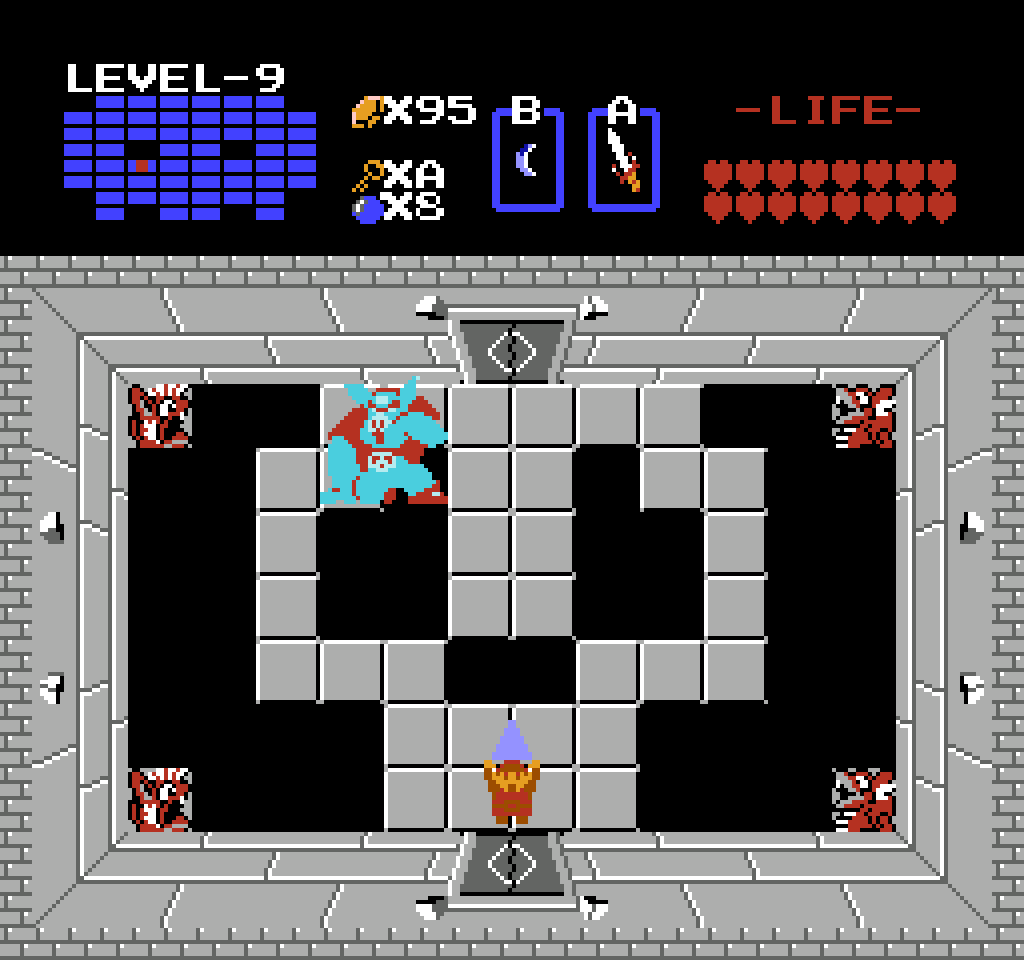

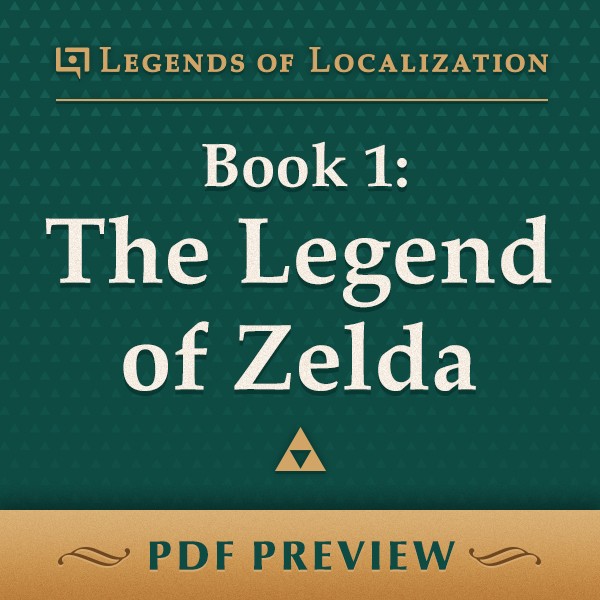
So I started to write about the history of Zelda in relation to Christianity, and it led me here. So I cited your work and linked to your page, here: https://retro-replay.com/link-was-christian-zelda-faith/ . Thanks for your hard work, it made my post that much easier to complete.
-David